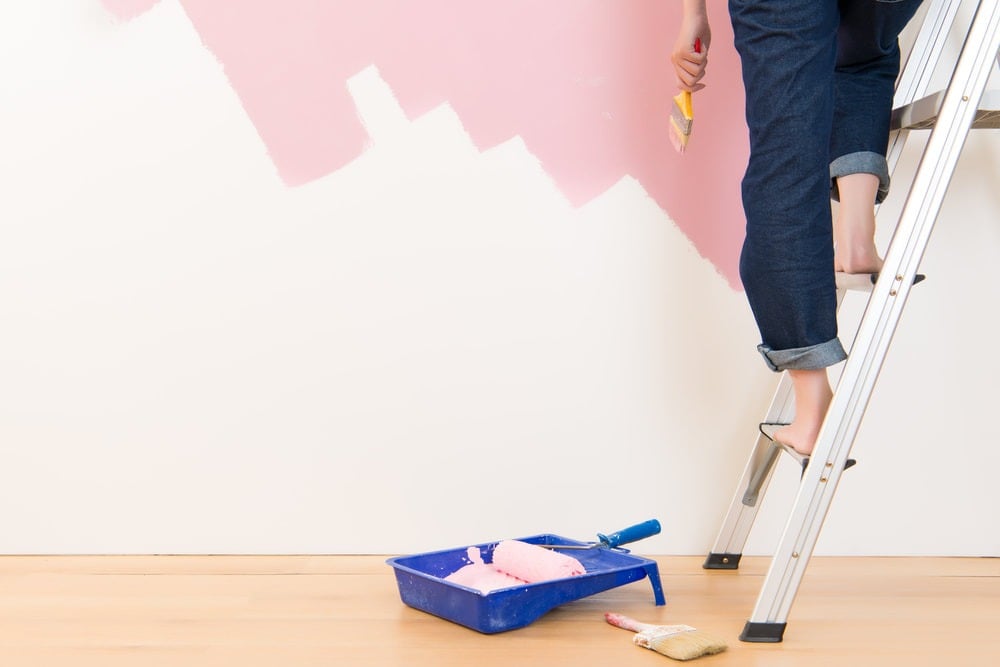Welcome back to the second half of our two-part article on how to flip a shabby property into a profitable investment opportunity. Last time, we talked about the two ways to buy investment property based on whether you’re looking to get renters in immediately or make a bigger profit from your investment. While you can look for move-in ready homes, if you’re willing to do a few renovations and redecorating, you great low-cost opportunities and ‘flip’ them into income-generating rental properties.
Flipping as Part of the Real Estate Ecosystem
Earlier we used the term ‘flip’ to refer to renovations. This is a concept that can be incredibly profitable to get familiar with if you’re thinking about jumping into investment property. Flipping is a very important part of the real estate ecosystem in which hard-working opportunists take on homes that have fallen below modern livability standard due to age, vacancy, and disrepair. Through strategic renovations, upgrades, and redecoration, the homes are restored back into cozy residences and sold at a profit, for a cost that exceeds both the original buy price and the costs of renovation. This is not only lucrative for the flippers, it’s also a great service as it restores neighborhood eyesores and puts homes back on the market for families that wouldn’t have had the time or resources to renovate before moving in.
Flipping To Your Own Investment Purposes
Professional flippers who do this sort of thing all the time tend to take on one house at a time in a seemingly endless stream of buying, renovating, selling, and using the profits as a downpayment to buy their next project. Of course, no one said that you have to do it the traditional way. Many investment property owners who have some interior decorating vision and aren’t afraid of a little hard work (or hiring contractors) can take advantage of the same kind of opportunities but, instead of selling, you can use the renovated property for your own purposes. The reasons to do it this way are incredibly clear, all you have to do is look at the math.
The Math
Take a three bedroom house in a good neighborhood as an example. Let’s say that in this neighborhood, a move-in ready home of this size would cost about $250,000 and rent for about one percent of that per month at $2,500. Normally a 30-year mortgage and insurance would soak up about $1,500 leaving you with a cool grand every month extra. Even putting some of that aside for annual maintenance, that’s pretty nice.
Now let’s say that this three bedroom home is actually a fixer-upper. The wall paper is peeling, the kitchen tile is chipped and dated, and the yard is completely overgrown but the structure, roof, and foundation of the house are still in good shape. The owner knows the property is shabby and has slashed the costs to $190,000 to get the house off their hands fast. Not only will you be saving 60 grand to start with, but your mortgage payments will lower to about $1,100 a month. This means that even if you somehow manage to spend the full $60,000 you saved on the price of the house on repairs, then charge $2,500 a month for rent, you’re still making 400 more a month than you would have otherwise, and that’s for the lifetime of the property.
If you have the time and vision to take on a flip-worthy property, the financial benefits are clear for anyone who cares to do the calculations. You have everything to gain by doing yourself and the real estate industry a favor bringing a shabby, outdated home back to a condition where any family or individual would be happy and proud to live there. Make sure you get a complete official inspection of the property before purchase to make sure that the structure is solid enough to work with. For more tips on flipping shabby properties or advice on how to finance your renovation endeavors, contact us today!

